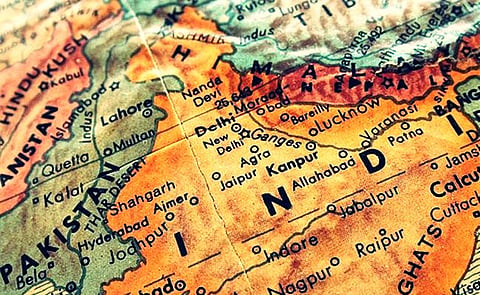Why separate?
Matthew J Webb's Kashmir's Right to Secede: A Critical Examination of Contemporary Theories of Secession explores the issue of Kashmir's right to secession within a critical evaluation of three streams of secessionist theory, broadly defined as nationalist, liberal-democratic, and 'just cause'. In testing the strength of these theories, Webb aims as much to ascertain the satisfactoriness of these theories as to evaluate the moral justifiability of Kashmir's secession. The book, therefore, is a work of political theory rather than history, as Webb eschews historical description and relies on existing literature for the book's empirical base.
Since October 1947, when the princely state of Jammu and Kashmir acceded to the Government of India, there has been a gap between India's democratic and secular ideals of and the reality of New Delhi's relationship with Srinagar. This led to various bouts of disillusionments, the first of them as early as the 1950s, in the largely-Muslim Kashmir valley. Persistent calls for Kashmiri secession only intensified through the next three-and-a-half decades as disenchantment with assertive Indian actions mounted and finally took a violent turn in November 1989.

